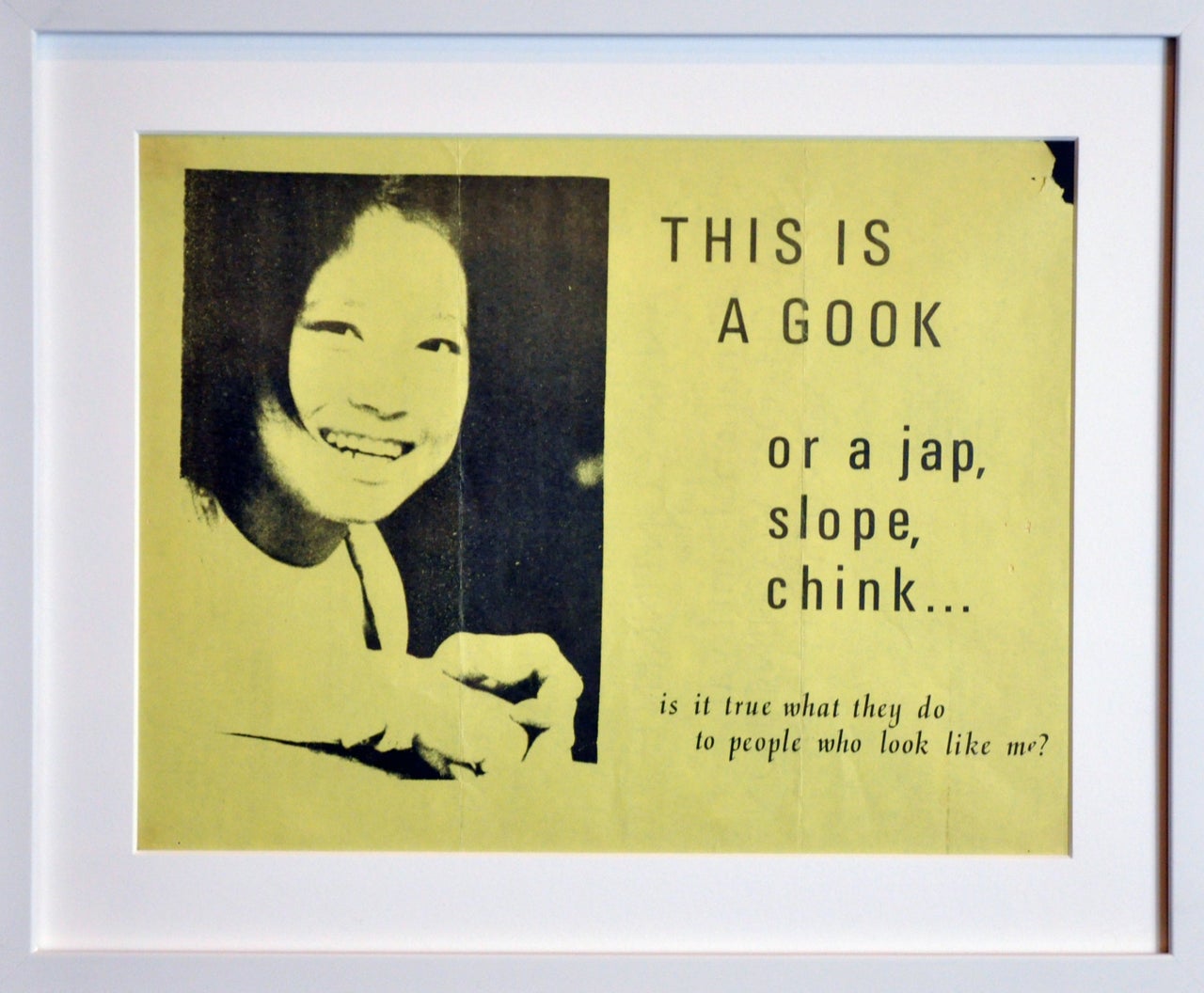By the 1960s, Asian-Americans were already being portrayed as a U.S. “model minority” ― a group whose diligent work, personal responsibility and success proved that the American dream was attainable to all. It turns out, the label didn’t tell the full story.
As a new exhibition at the Los Angeles Chinese American Museum argues, young Asian Americans of the time were busy writing their own narrative and protesting just like their Black and Chicano counterparts. Through protest and art, they denounced the Vietnam War and refused to be pigeonholed as model minorities who could easily overcome systemic barriers.
“Beginning in the late 1960s, Asian-Americans nationwide were building social service institutions and feminist collectives, marching against the war, critiquing and sometimes even trying to overthrow the U.S. government,” said Ryan Wong, one of the curators of the exhibition “Roots: Asian American Movements in Los Angeles 1968–80s.”
According to Wong, it’s no coincidence that the term “model minority” was being coined around the same time the Asian-American movement was radicalizing a generation of young people. Groups of Asians protesting for their rights wasn’t the story most media outlets or social theorists wanted to acknowledge.
“The ‘model minority’ idea was used as a weapon against the social movements of the civil rights era, suggesting that activism wasn’t necessary if a group could only ‘work harder,’” he said.
The Asian-American movement chronicled in the exhibition shatters that myth, he added.
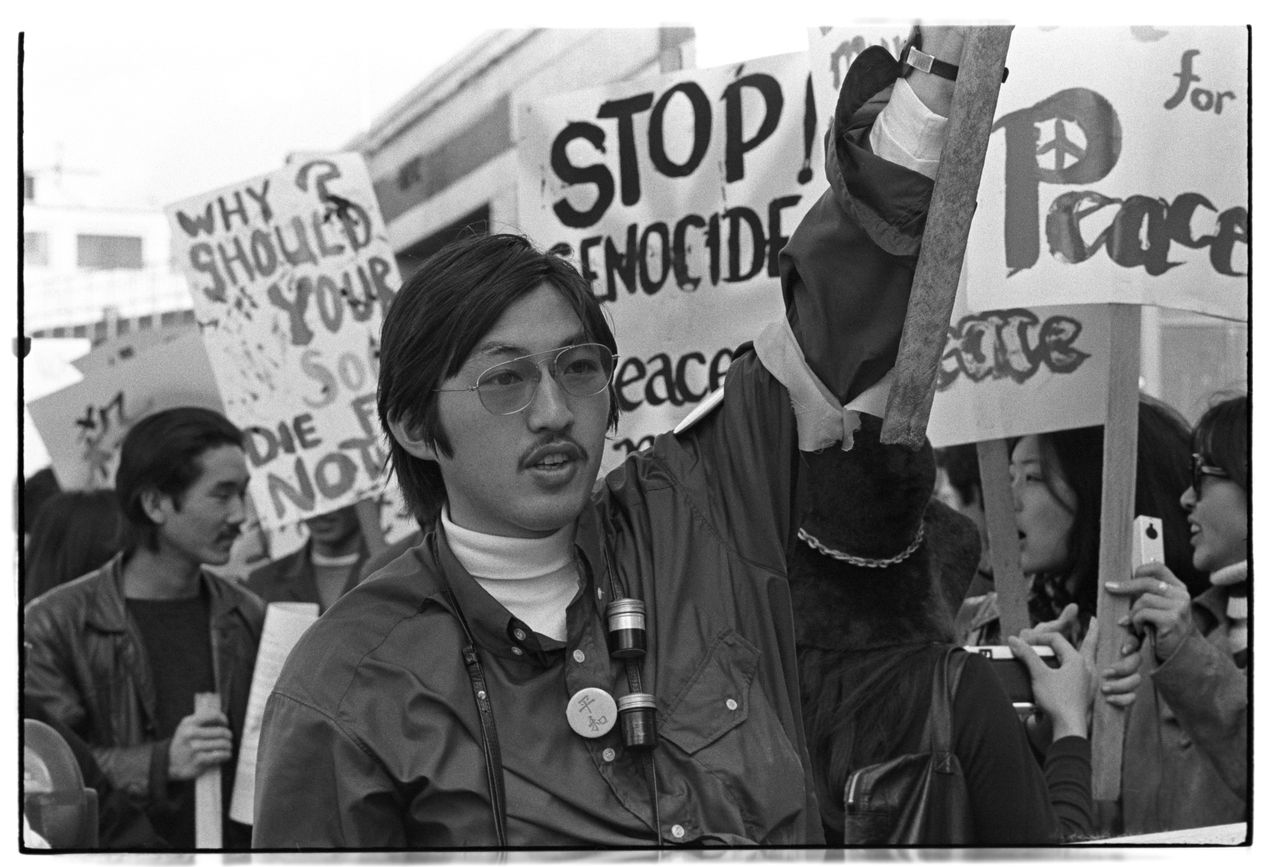
Told through photographs, posters and oral histories, “Roots” shows how Asian-Americans formed civil rights organizations at colleges like UC Berkeley, fought against gentrification and ultimately banded together to form a new pan-Asian political identity.
“Until about 1968, you either identified with your country of origin ― mostly China, Japan, and the Philippines at that point ― or were lumped under the term ’Oriental,’” Wong said.
By the late 1960s and early 1970s, Asian-Americans of different ancestral countries recognized their shared history of racial discrimination and realized they’d have a stronger voice together.
“That idea spread like wildfire across campuses and organizing centers nationally, which is amazing in a time before social media,” Wong said.

For many, the Vietnam War was an obvious entry point into activism. Unlike the mainstream anti-war movement, many Asian-American activists perceived the United States’ participation in the war as a form of imperialism.
Others saw parallels between the treatment of the Vietnamese abroad and the incarceration of Japanese-Americans during World War II, according to Steve Wong, the chief curator at the museum.
“War helped unify Asian Americans. It connected anti-imperialist movements in South East Asia to the oppression of Asians in the U.S.,” Steve explained. “A common slogan during this time was ‘No Vietnamese ever called me a Chink.’ Asians brought attention to the racialized component to the Vietnam War.”

Some pieces in the exhibition reveal a more radical side of the movement, like the Black Panthers–inspired “Year of the People/Off the Pigs.”
Riffing on 1971 as the year of the pig in the Chinese zodiac, the illustration shows Asian-Americans attacking what they perceived as oppressive power structures in their community ― far from “model minority” behavior.
It’s an illustration that can be shocking if you’ve never heard about early activism in Asian communities. Let’s face it: Asian-Americans might be the fastest-growing racial group in the United States, but their complicated history in American society tends to get the short shrift.
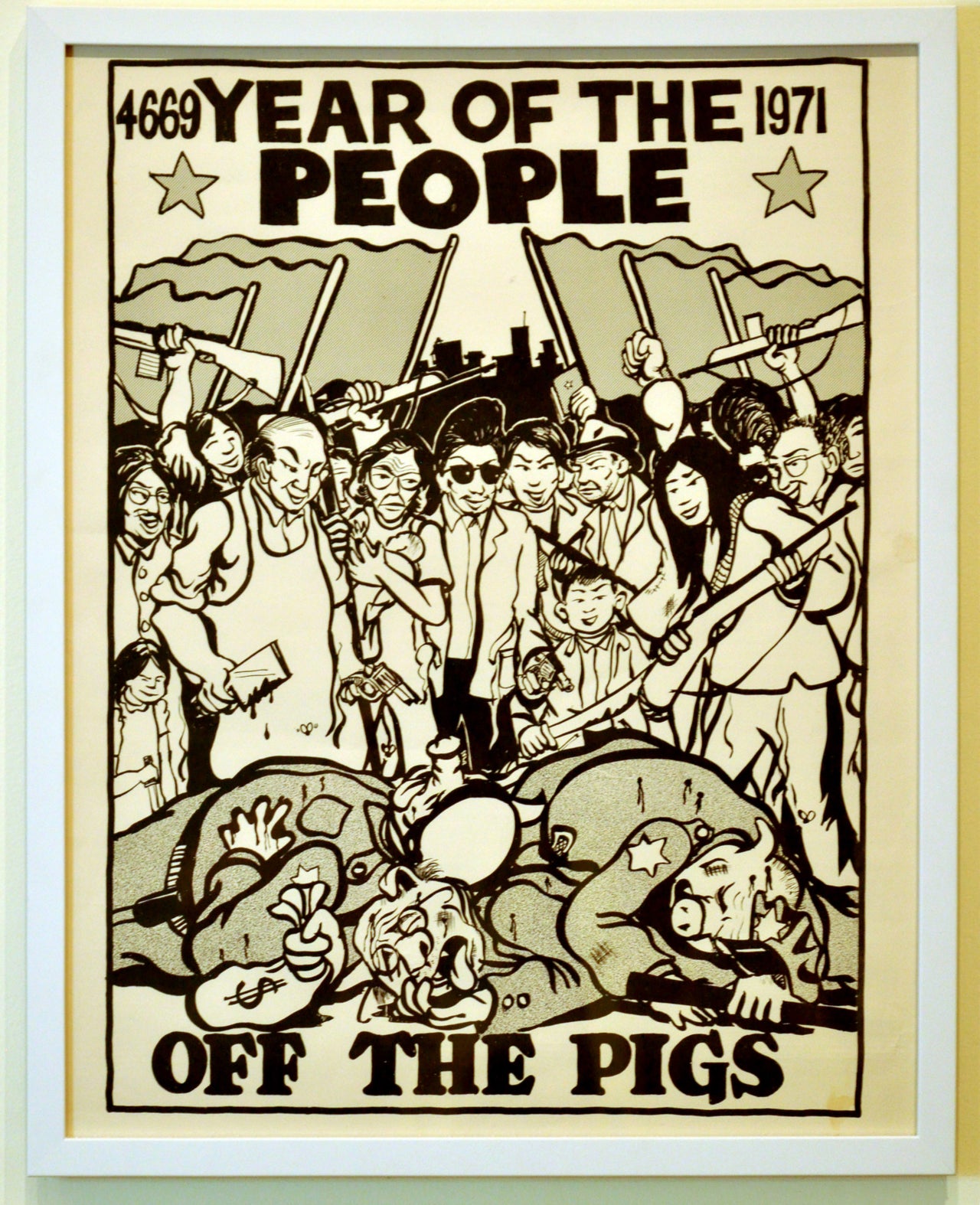
“If you’re like me, you were never taught this history in school and never saw it depicted in TV shows, movies or newspapers,” said exhibition curator Ryan, who grew up in Los Angeles in 1990s.
Few Asian-Americans today know about Gidra, a newspaper of the movement that featured wry political illustrations and commentary, Ryan noted ― or the fight to free Chol Soo Lee, a Korean-American immigrant who was wrongfully convicted of murder in 1973.
At the opening of the exhibition earlier this month, many young attendees were taken aback by the material.
“Someone came up to me and said, ’I’ve been organizing since 2004, and I thought that was a long time,” Ryan said. “It’s incredible to see how people our age ― in their 20s at the time― built a dynamic movement that reshaped their communities.”
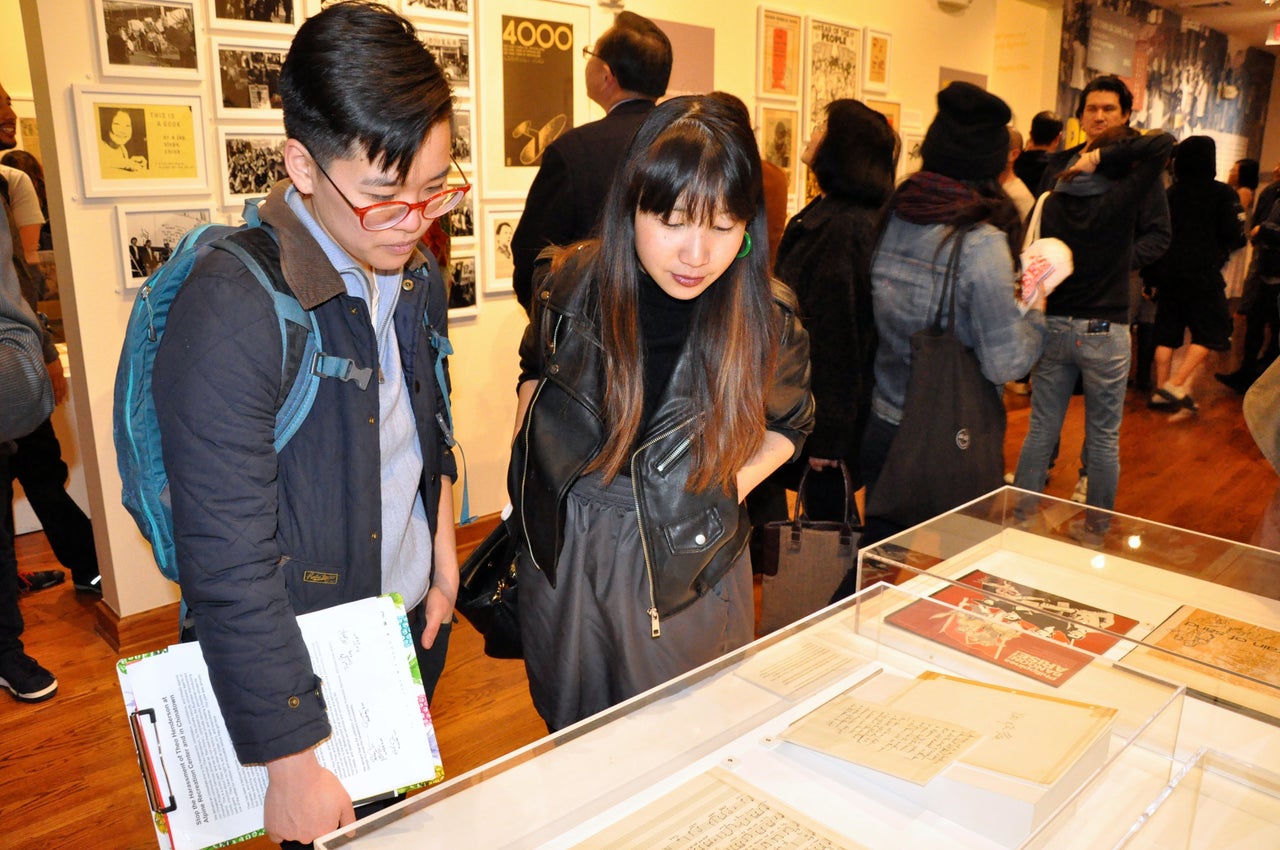
Ultimately, he hopes the exhibition creates a sense of continuity between today’s activists and older ones.
“If these histories are erased and buried, each generation feels a little more alone, like we are starting from scratch,” Ryan said. “I hope people see how the past informs not only today’s movements, but our futures.”
“Roots: Asian American Movements in Los Angeles 1968–80s” is free (donations are welcome) and will run until June 11. Check out the Chinese American Museum’s website for additional information.
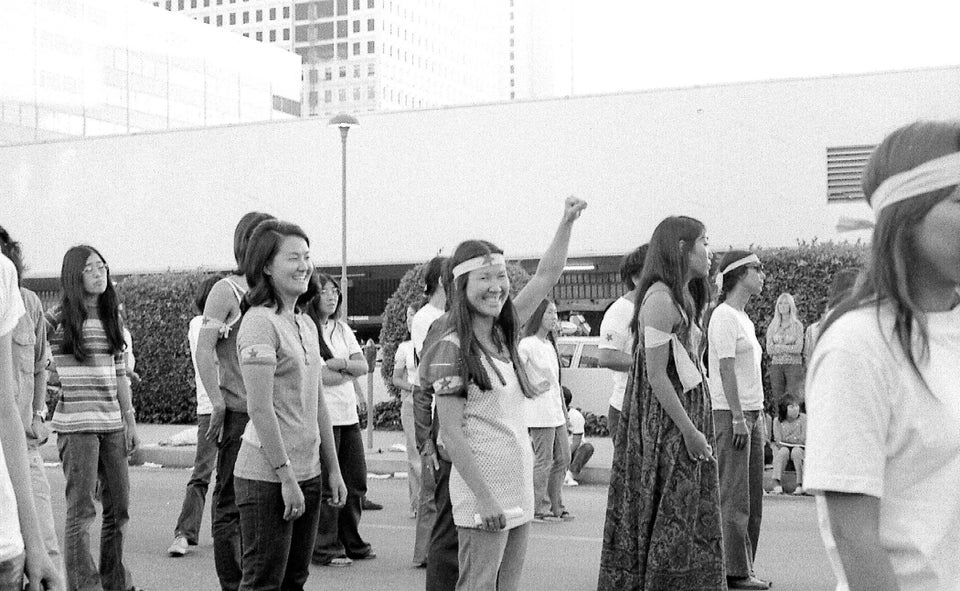
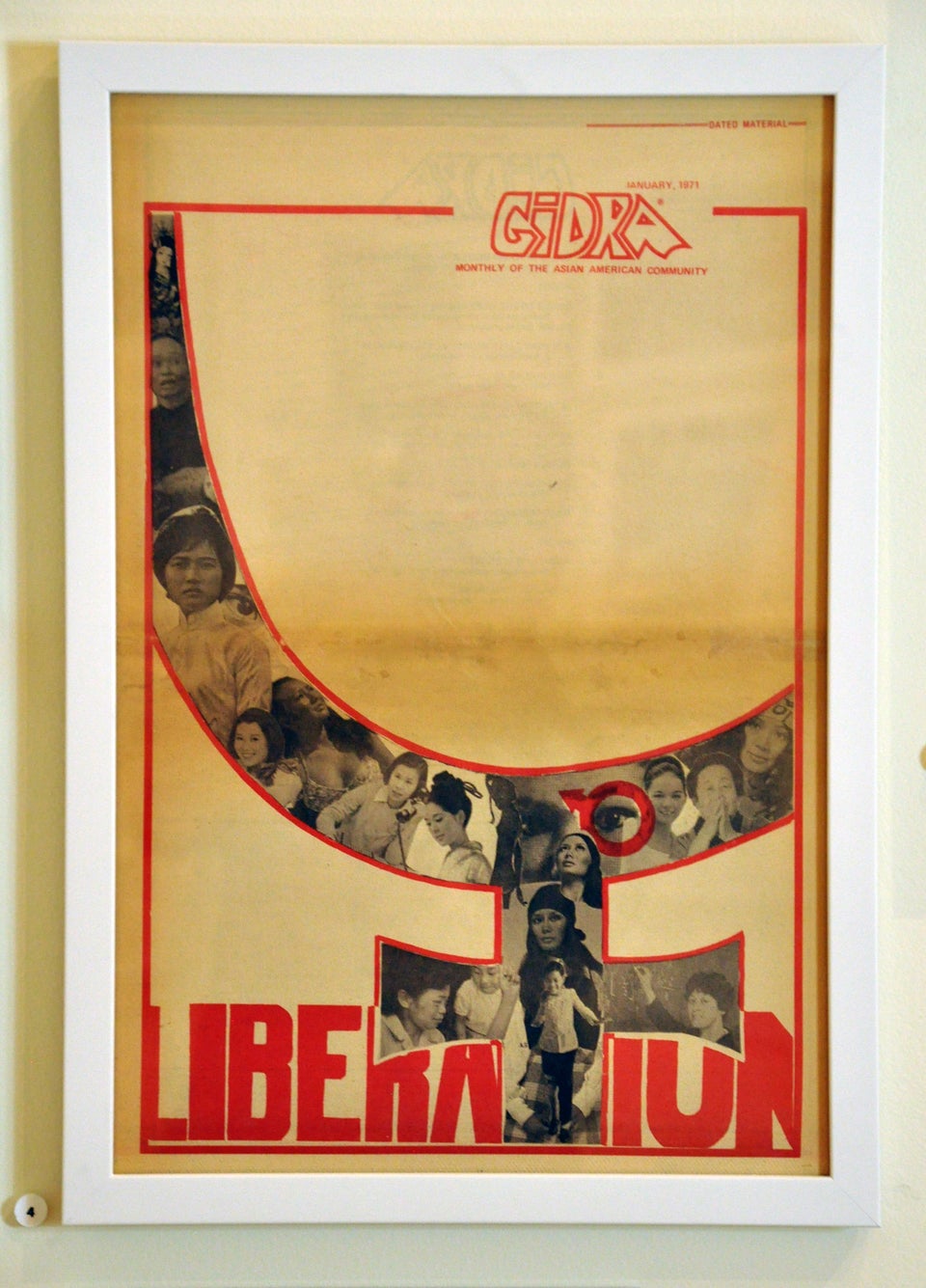
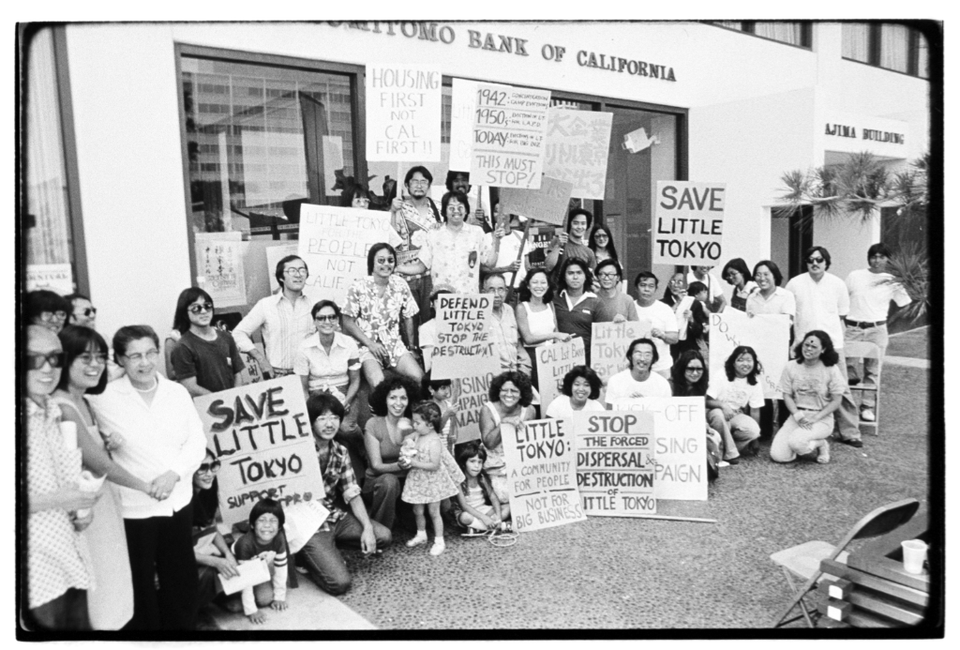
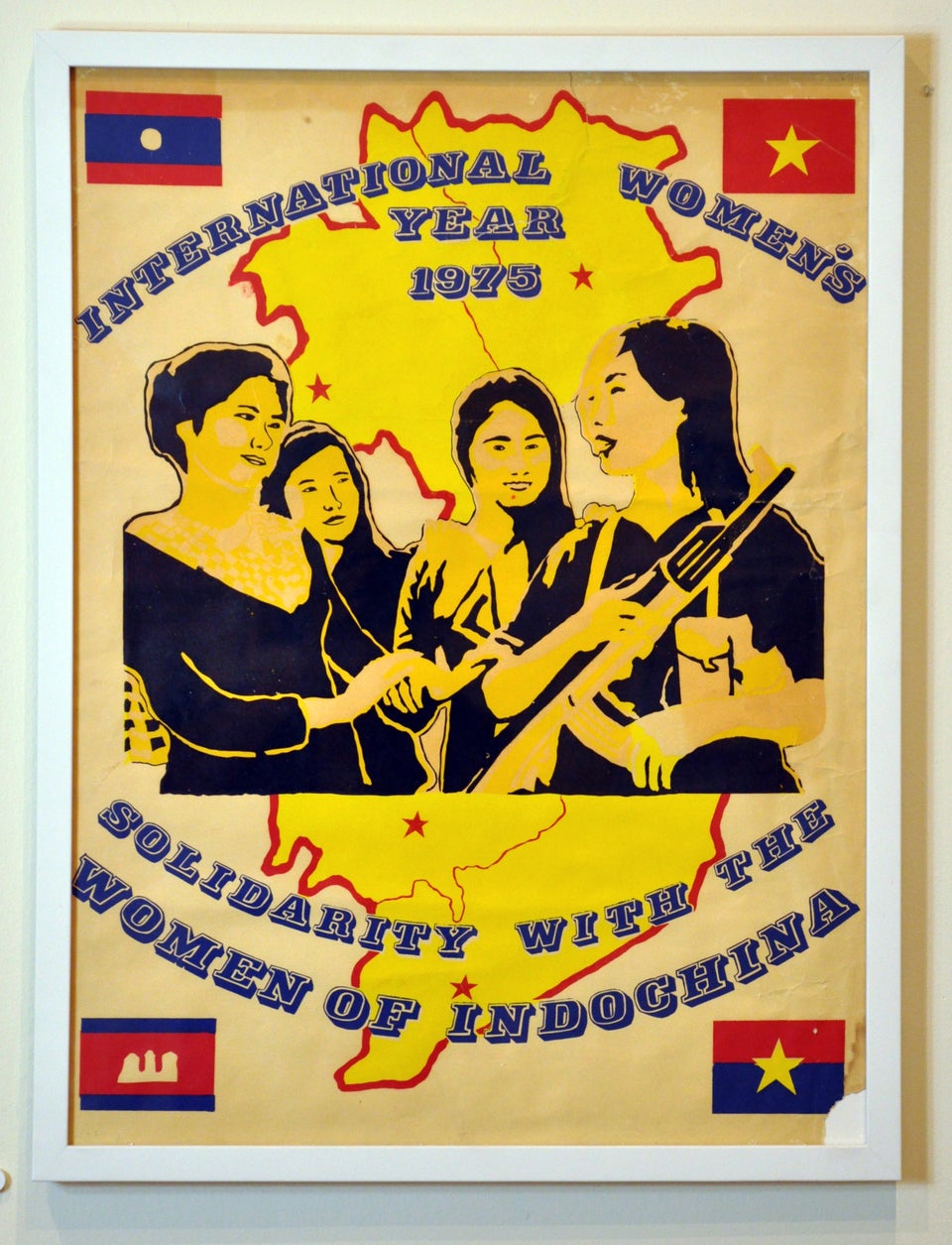
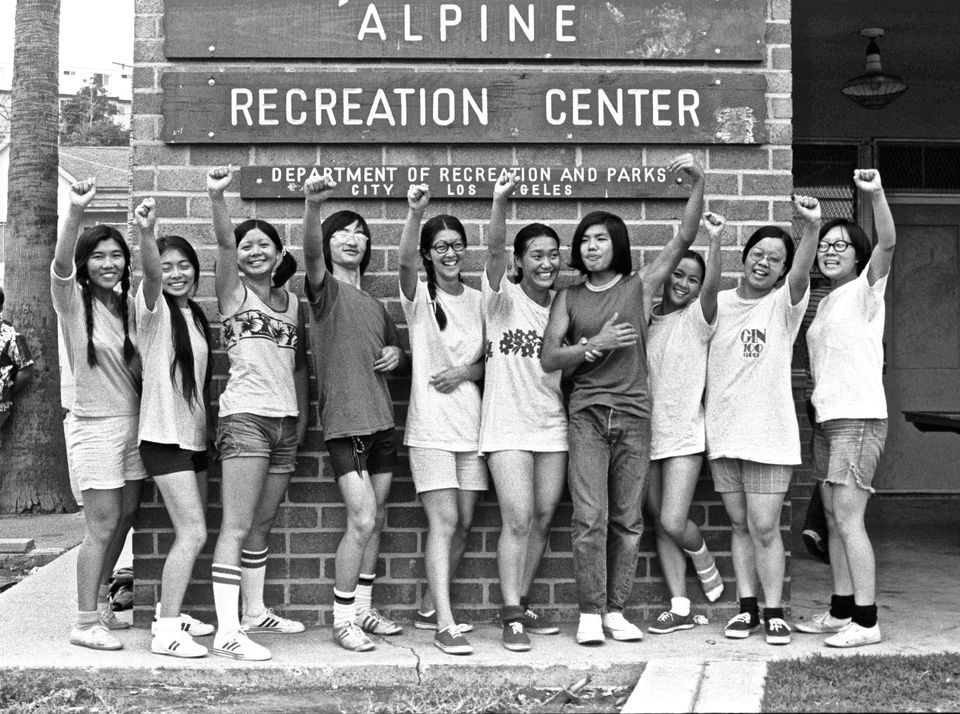
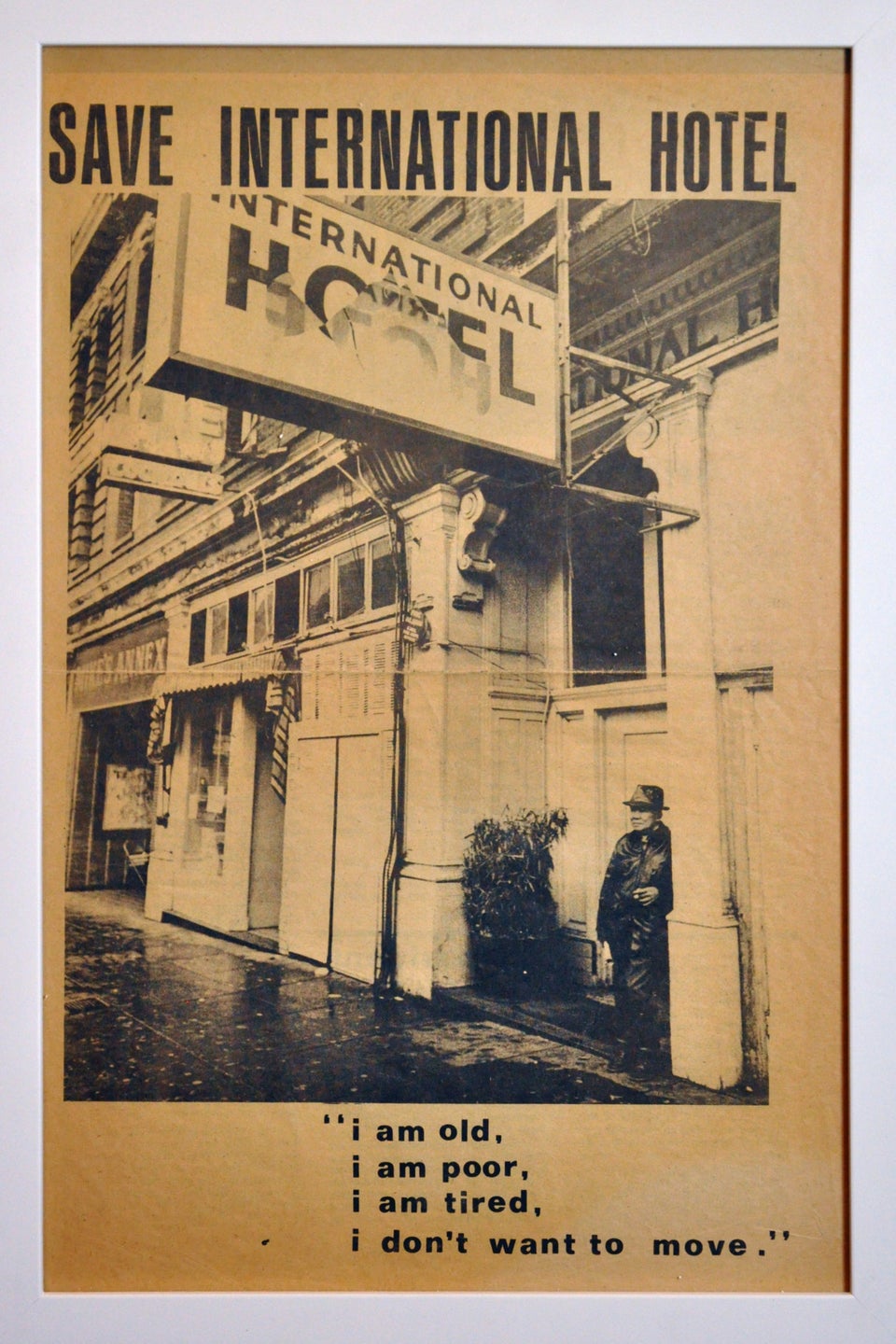
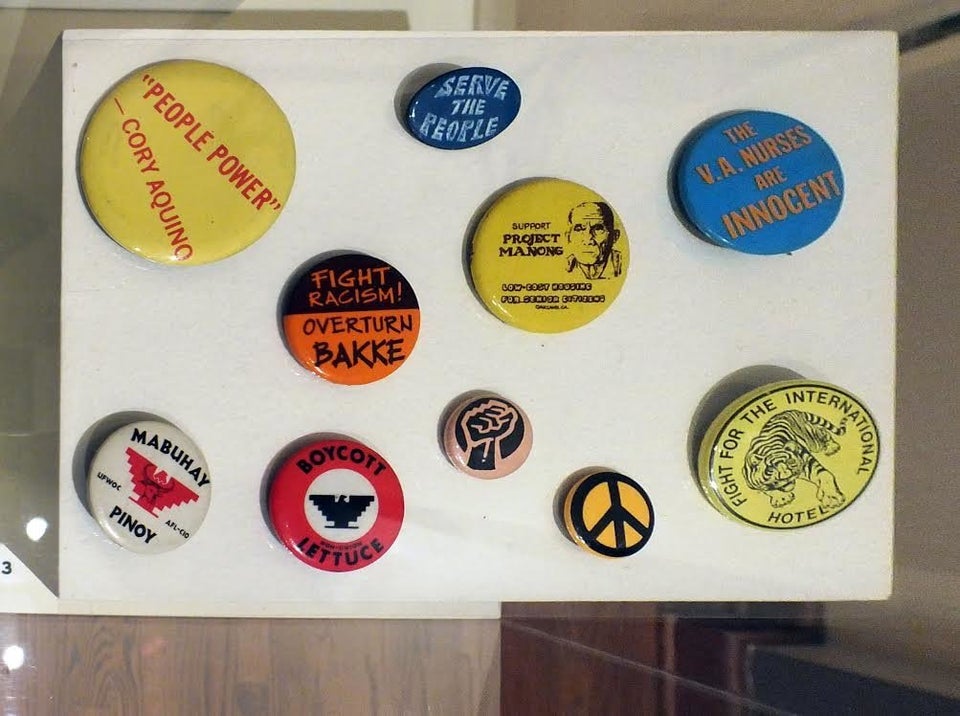
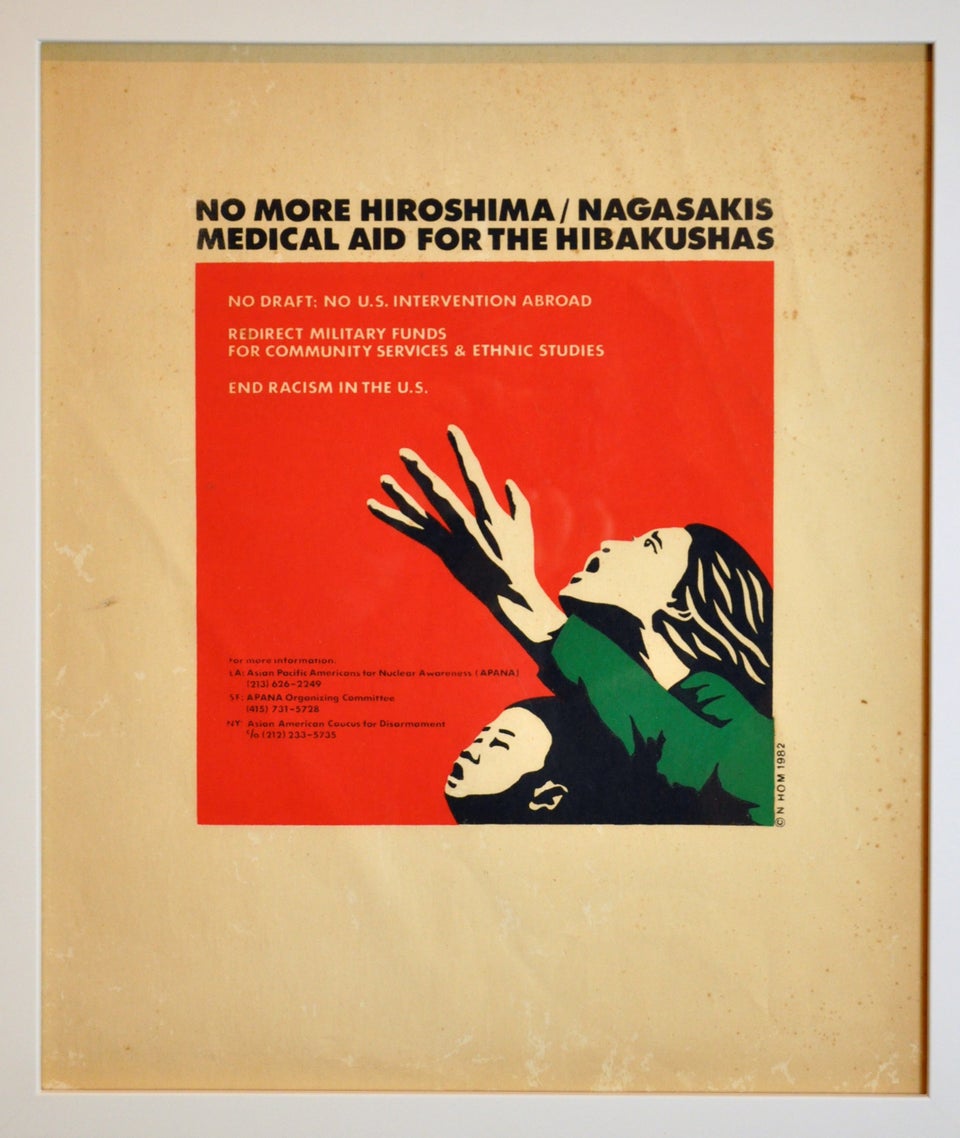
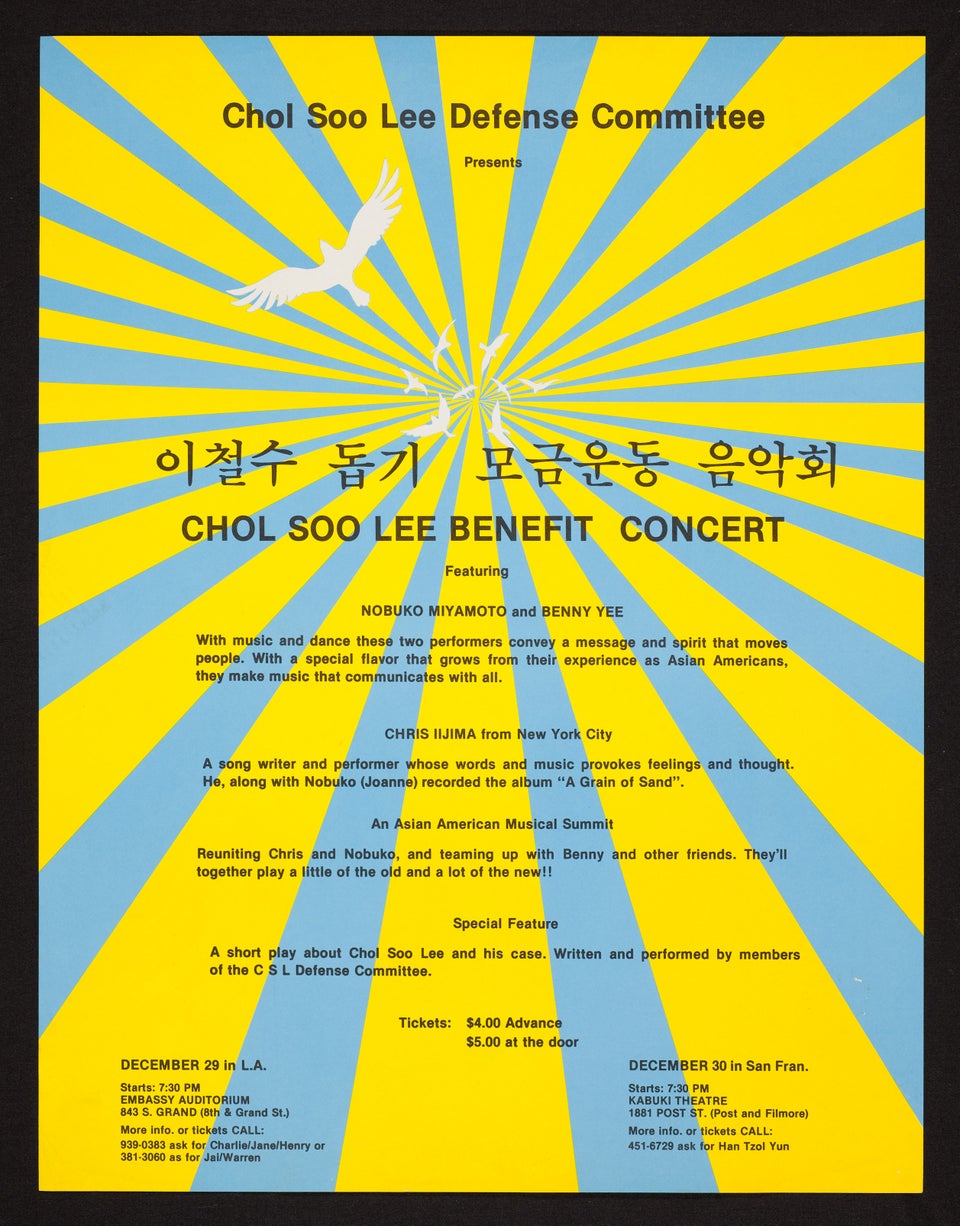
Know a story from your community of people fighting hate and supporting groups who need it? Send news tips to lovetips@huffingtonpost.com.
